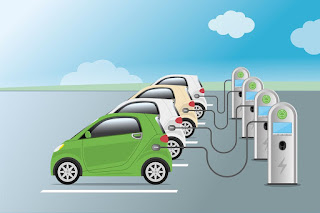Mechanical Energy Storage
There is increasing discussion of linking renewable energy systems with pumped storage hydro facilities, with facilities that already exist such as in Norway and Canada. Or finding solutions for countries with an abundance of renewable energy production such as Denmark; because a large amount of its electricity generated from wind is generated at periods of low demand, necessitating export to Norway and Sweden. Although pumped hydro storage alone will not be enough to meet Denmark’s renewable energy targets. Pumped hydro storage is one of the most mature energy storage technologies with 100 sites operating worldwide. However, it is probably more viable to refurbish or repower an existing hydro storage plant to improve its efficiency than build new plants. These plants have very significant adverse impacts on the environment and require a suitable terrain, therefore their deployment is severely limited. During a typical day, “off peak” demand solar pv or other renewable energy s
